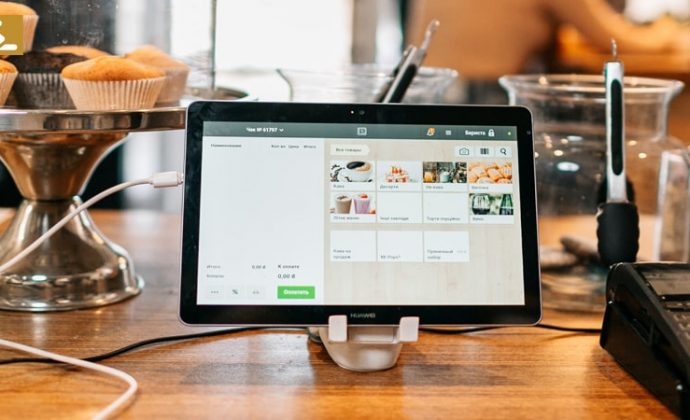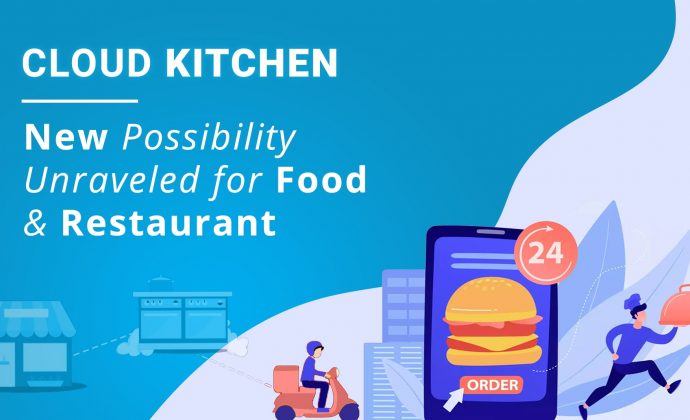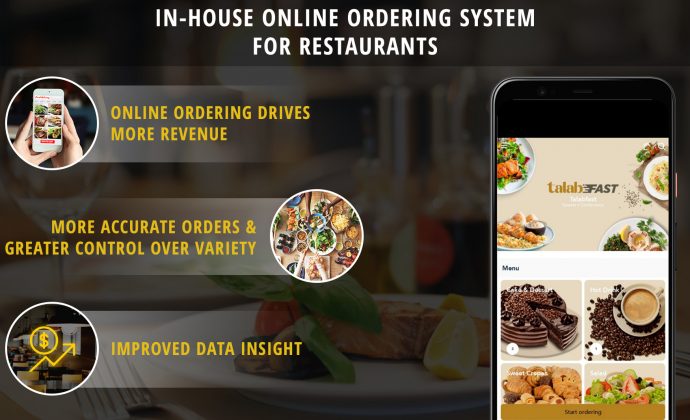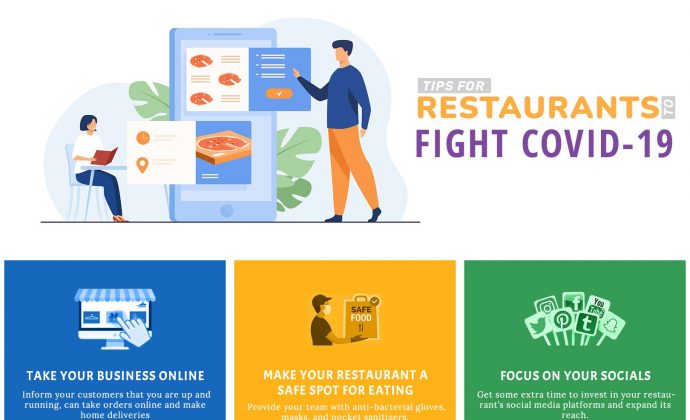The restaurant industry has gone through a number of changes in the past few years. Restaurant owners who don’t have the proper technology in place are finding it difficult to keep up with the changing scenarios meeting the customers’ expectations while managing all the operations. When the entire world is moving towards digitalization, it only makes sense for restaurant owners to pick up on the available technology and make the most out of their business. The easiest way to automate and simplify your restaurant operations is to implement a POS in your restaurant. Nevertheless, not all POS are the same. When it comes to purchasing a new POS system for your restaurant, one of the biggest mistakes that you can make is purchasing a POS made for retail or other industries instead of the ones made for restaurants. So, what type of POS should you implement in your restaurant business? Restaurants and other food service establishments have distinct needs, and their POS should be specially designed to cater to these needs. Restaurant POS systems are designed to adapt to the scaling needs of the business and offer long-term growth with relevant add-on features. In a restaurant, a staff member uses a POS system to input a customer’s order, and that information is immediately relayed to the kitchen. Depending on the restaurant, the order may then be closed immediately or stay open until the meal has been delivered. Because of this unique ordering and check-out process, a restaurant POS ties the menu items with inventory along with descriptions and graphics of each dish. Once the order has been placed, the restaurant POS relays this information to the kitchen and simultaneously updates the inventory. Moreover, restaurant POS systems are designed to make the order process more fluid and keep the order open until the item has been delivered to the customer. This way, restaurant staff can keep adding or modifying the orders without the need to complete individual orders every time. In terms of hardware, a restaurant POS also has different needs. Since in the restaurant business, transactions often remain open, the POS has to be portable, which can be carried around the venue to facilitate tableside ordering. Restaurant POS also often includes additional hardware such as receipt printers, kitchen printers, customer display, kitchen display, and mobile payment terminals. Now that we have understood the type of POS you need for your restaurant, let’s take a look at its benefits: Built Restaurant POS for your needs A restaurant business is built to cater to the specific needs of the hospitality industry. More often than not, such POS systems are developed under the guidance of people who have worked extensively in the hospitality industry. In turn, the restaurant POS features tools to counter specific issues such as bill splitting, table management, and menu changes. This means that you can manage almost all the aspects of your business in one place without having to resort to integrations and third-party extension software. A restaurant POS not only helps you with the operation, order, and check-out process but also aids your staff to better prepare to offer the services. Moreover, Restaurant POS systems are interactive and intuitive, allowing your staff to easily understand and get used to the system. Food Industry-specific features A restaurant POS comes with all the industry standard-specific, allowing you to keep your restaurant in pace with the competitors and scale your business with ease. Some of the features offered by a restaurant POS include: Menu Management With the menu management feature, you can easily build, customize, and manage multiple menus as well as categories. A menu management feature also simplifies updating and customizing menus across multiple outlets, allowing you to add or remove items at a central level. Staff Management An employee management feature can help you be in control of who is working when and where. Using this feature, you can gain deeper insight into employees’ data and ensure they are best used for their time. The employee management feature also helps you control how much access your staff members have to the system at any given time, saving you from fraudulent entries and accidental entries. Inventory Management This feature helps you keep track of inventory and costs with real-time ingredient tracking, low stock alerts, recipe and menu tracking, vendor management, and more. Most quality restaurant POS will have an inventory management feature built into the system to help you stay on top of your stock. Online Ordering Management In today’s fast-changing restaurant industry, you need to have an online ordering system in place. A good restaurant POS system will offer you features to accept online orders, allowing you to broaden your reach and boost your sales. Floor Plan Management Floor plan management allows you to customize your restaurant floor plans, add or remove tables, move parties around, split bills, and more. Kitchen and Table Management Most decent POS systems come with kitchen and table management, allowing you to keep the front of your kitchen in sync with the orders you receive and focus on providing the best dining experience to your customers. With kitchen and table management feature, you can automate the order taking process with kitchen displays and stay connected with every guest throughout their dining experience. Specialized Day to Day Restaurant Reporting The best restaurant POS systems come with analytical suites that provide restaurant owners with essential information from the dishes that are selling the most to the staff members that are performing the best. A restaurant POS gives you a detailed insight into specific variables, such as which modifiers are being added to the meals and which ingredients are getting too expensive. You can analyze these data to make changes accordingly and improve and scale the business. Add ons and Integrations Most restaurant POS are complete within themselves in terms of ordering a one-stop solution to all the needs of the restaurant owners. Nevertheless, in case a restaurant owner has more specific needs, a POS can… Continue reading Why Need a POS System in Restaurants and Which Type Should You Opt For?
Why Need a POS System in Restaurants and Which Type Should You Opt For?





